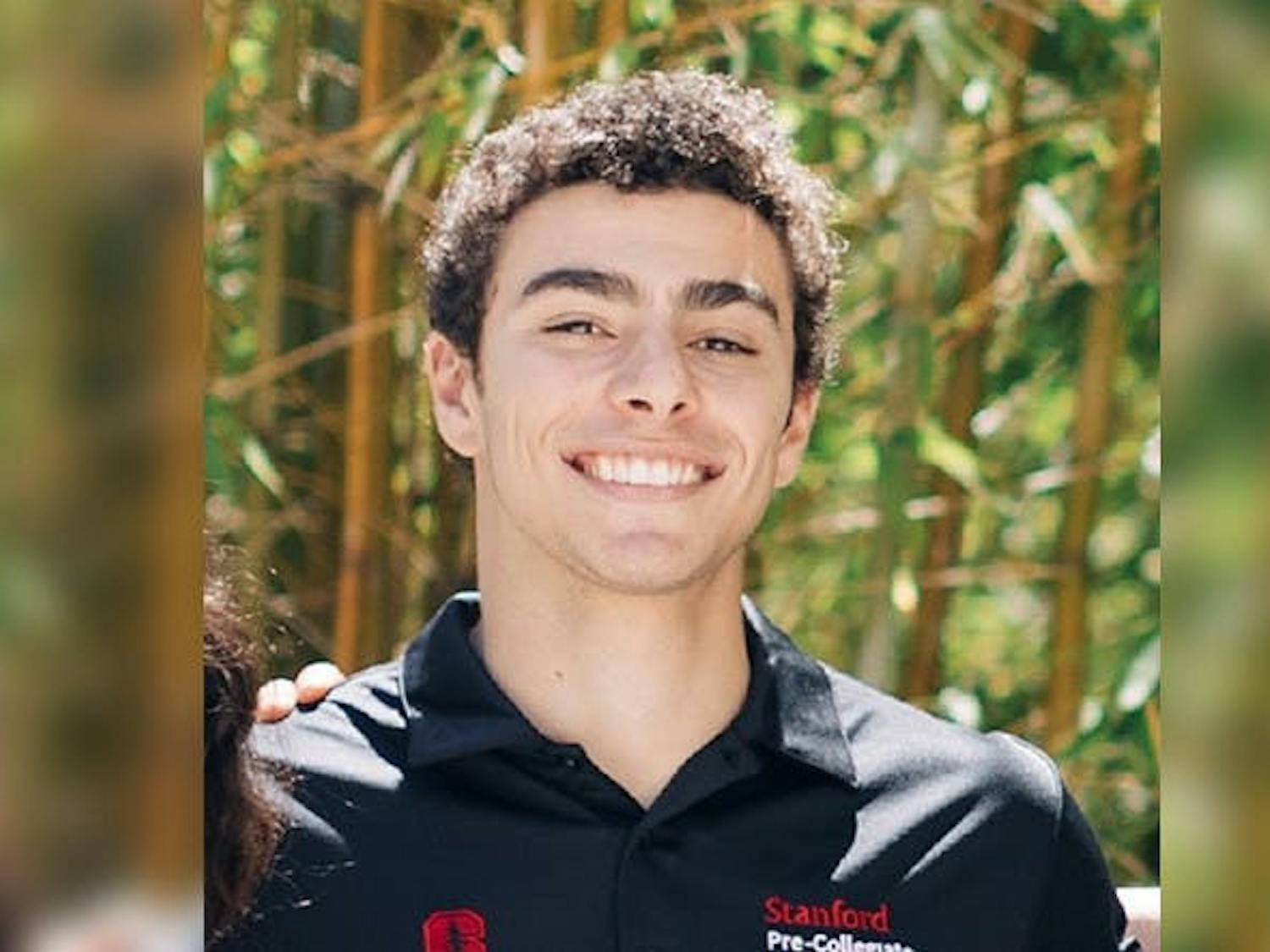Administrators are considering drastically reducing the size of a set of University advisory bodies, but student leaders are trying to keep up the number of undergraduates in those groups.
The University Council -- an advisory body composed of faculty, administrators and student leaders -- is considering cutting the number of people on its committees by more than two-thirds.
UC member Rachel Fersh, a College senior and the outgoing chairwoman of the Undergraduate Assembly, said that while she supports a more streamlined council, she hopes to keep three undergraduates on each committee -- a move that she and incoming UA Chairman Brett Thalmann proposed to the council on Monday.
"The marginal benefits of adding one more undergraduate to each committee will greatly outweigh the negative of adding size to the committee," Fersh said.
The proposals would reduce the number of UC committees, which are made up of UC members and focus on specific aspects of the University, from 14 to 6 while reducing the number of people on them from 211 to as little as 71.
The number of undergraduates on the committees would fall from 30 to 9.
The UC will vote next Wednesday on whether to make the cuts.
According to University Secretary Leslie Kruhly, the proposed re-organization stems from an effort to streamline the council and make it a more efficient body.
She added that while there is some student concern about the proposed recommendations, the idea has been around for years.
"These are the collective recommendations of a lot of people who have spent a lot of time thinking about it," Kruhly said.
College senior Spencer Scharff, who sits on the Council, called the proposed reduction of undergraduate seats "drastic" and said the University community would be better served by having greater student representation.
"The more permanent voices you have, the better the committee is going to be and the better we are going to be able to represent our constituencies," Scharff said.
Currently, the 30 undergraduate members are distributed among 13 committees. Many of those committees are made up of eight faculty members, three undergraduates and three graduate students, in addition to administrators.
The new system would consolidate the number of committees to six. According to the proposed changes, each committee would have between five and eight professors, two undergraduate students and two graduate students -- a reduction that Scharff said is unacceptable.
"We want to maintain the current ratio," Scharff said, noting that faculty representation on some committees could stay at eight while student representation would be reduced to four.
Kruhly said that the proposed changed ratio of students to faculty is unimportant because "the vote hardly ever divides the committee between students on one side and faculty on the other."
She added that because each of the six proposed committees will have more responsibilities, it would be beneficial to have more students serve on each committee.
But if adopted, Fersh said, the changes will not hurt Penn's undergraduate population.
"The proposed version without our amendments is better than the current system," she said, but added that her version with amendments "is better than the proposed version."








